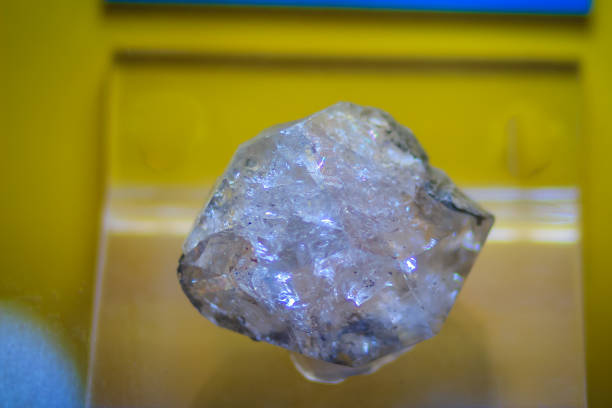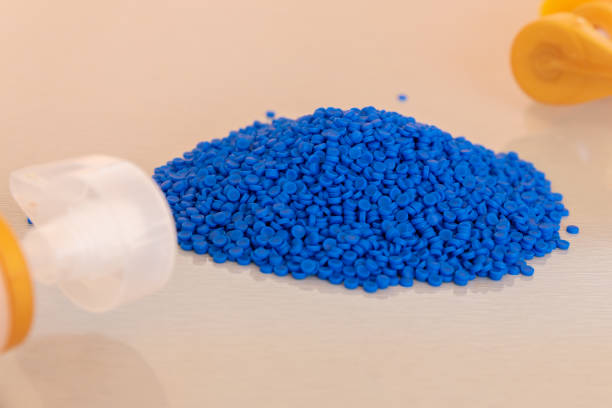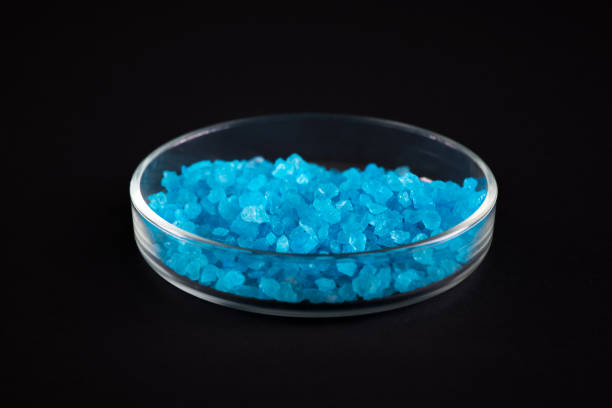Latest News
 Revolutionizing Water Treatment: Anionic Emulsion Polyacrylamide's Role in Purification
2024-04-26
Revolutionizing Water Treatment: Anionic Emulsion Polyacrylamide's Role in Purification
2024-04-26
 Understanding Anionic Emulsion Polyacrylamide
2024-04-08
Understanding Anionic Emulsion Polyacrylamide
2024-04-08
 Enhancing Oil Recovery Processes with Powder Anionic Polyacrylamide
2024-03-27
Enhancing Oil Recovery Processes with Powder Anionic Polyacrylamide
2024-03-27
 Impact of Powder Anionic Polyacrylamide in Enhancing Papermaking Processes
2024-03-25
Impact of Powder Anionic Polyacrylamide in Enhancing Papermaking Processes
2024-03-25
 Navigating Environmental Stewardship: The Impact of Polycrylamide Emulsions
2024-03-23
Navigating Environmental Stewardship: The Impact of Polycrylamide Emulsions
2024-03-23
 Finding the Perfect Compatibility: Polycrylamide Emulsions and Other Chemicals
2024-03-21
Finding the Perfect Compatibility: Polycrylamide Emulsions and Other Chemicals
2024-03-21
Mining activities play a pivotal role in driving economic growth and meeting the increasing global demand for valuable minerals and resources. However, it is essential to address and mitigate the potential environmental impacts associated with these operations. In recent times, the use of mining flocculants has gained significant attention due to its role in water management and environmental sustainability efforts.
Mining flocculants, chemical compounds used in solid-liquid separation, hold substantial importance in water management within mining operations. These flocculants aid in improving water quality by facilitating the removal of suspended particles, such as clay, silt, and other impurities. By promoting the formation of larger and denser particles, flocculants enable more efficient settling and filtration processes, effectively minimizing water pollution.
While mining flocculants serve a crucial purpose in water treatment, it is essential to acknowledge their potential environmental impact. The following factors must be considered to understand the overall sustainability of mining flocculants:
Chemical Composition: Mining flocculants are predominantly synthetic substances that need to be carefully selected and used responsibly. Their chemical composition can vary, including polymers, polyacrylamides, and other additives that aid in the flocculation process. It is imperative to assess the potential toxicity or persistence of these compounds and prioritize the use of environmentally friendly alternatives.
Discharge of Flocculant Residue: After the flocculation process, the solid residue must be disposed of appropriately. If not managed correctly, flocculant residues have the potential to contaminate water bodies and adversely affect aquatic ecosystems. It is crucial for mining companies to implement proper waste management systems to minimize the impact on the environment.
Bioaccumulation: Some flocculants, if not effectively removed from water bodies, have the potential to bioaccumulate in aquatic organisms over time. This accumulation of chemicals in the food chain can lead to negative effects on the ecosystem's health, including reduced biodiversity and long-term ecological disruptions.
The mining industry, recognizing the importance of environmental stewardship, has taken significant steps towards developing more sustainable solutions concerning mining flocculants. Companies are exploring biodegradable flocculants and natural alternatives derived from renewable resources to minimize the ecological impact of their operations. Additionally, implementing improved wastewater treatment technologies and stringent regulatory frameworks can significantly reduce the release of flocculant residues into the environment.
Mining flocculants are vital tools in ensuring water quality and promoting sustainable practices within the mining industry. While their use enhances solid-liquid separation and contributes to environmental conservation, it is essential to acknowledge and mitigate the potential environmental impacts associated with their application. By prioritizing sustainable alternatives, implementing effective waste management systems, and adhering to strict regulations, mining companies can minimize the environmental footprint of flocculant usage and contribute to the long-term preservation of our natural resources.
